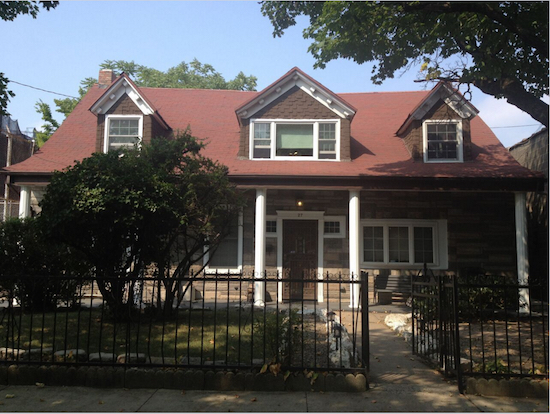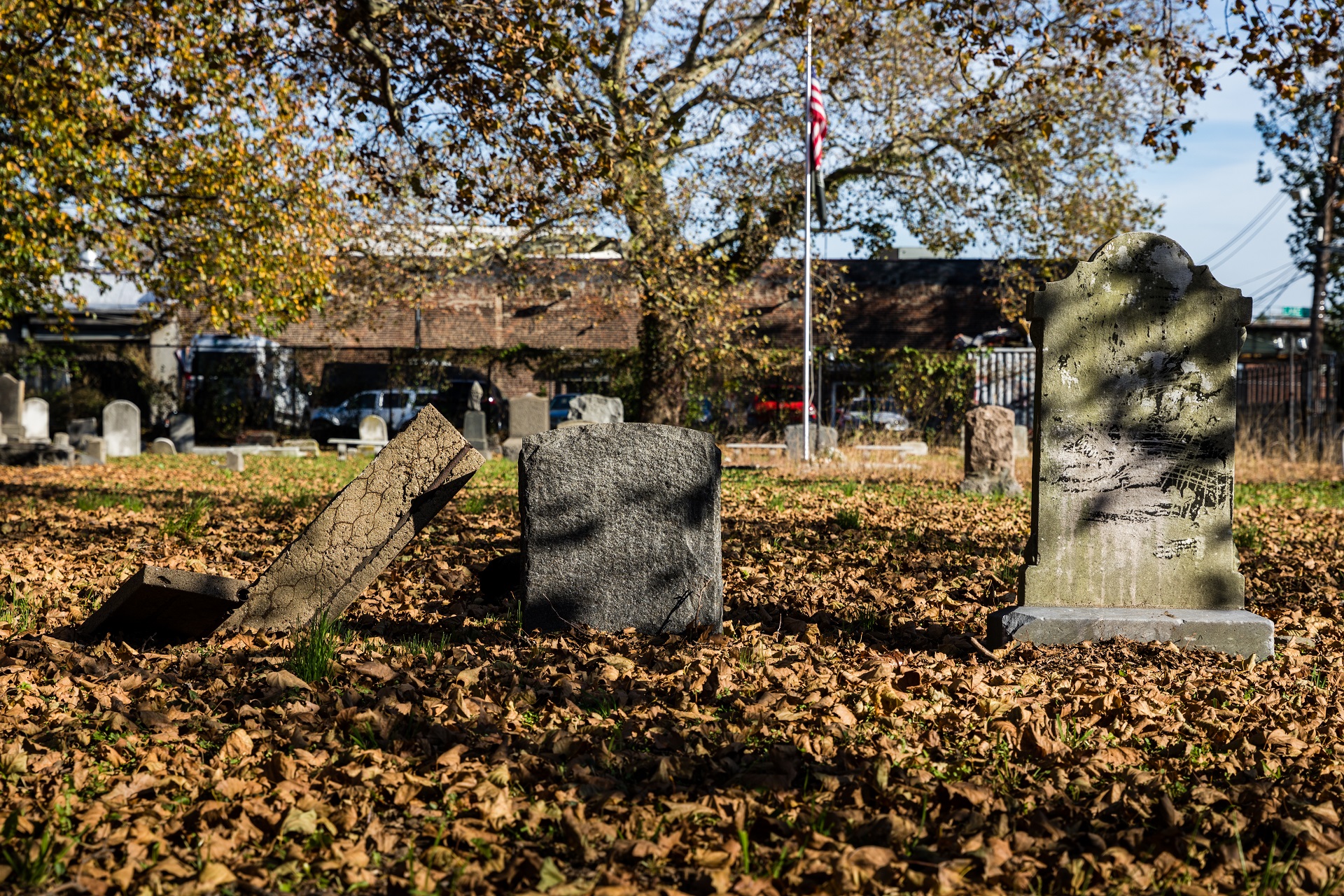Lady Moody’s House becomes a city landmark

Preservationists are rejoicing — Lady Moody's House is now a city landmark. Eagle photo by Lore Croghan
Do you hear the cheering down in Gravesend?
The neighborhood’s most famous house was designated as a city landmark on Tuesday — after a wait of a half-century.
The early 18th-Century Dutch-American farmhouse popularly known as Lady Moody’s House finally received official recognition from the city as a historic site. The thumbs-up came in the form of a unanimous designation vote by the city Landmarks Preservation Commission (LPC).
